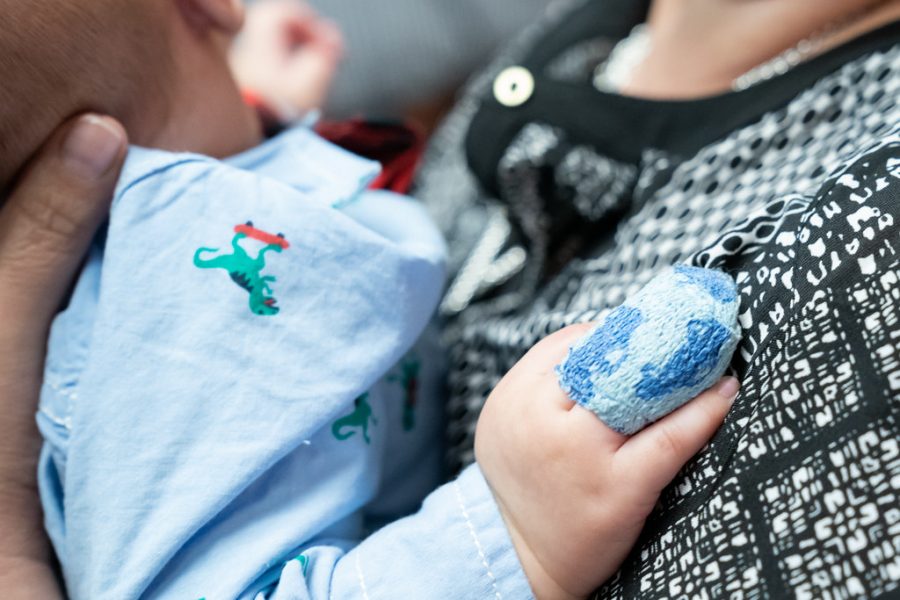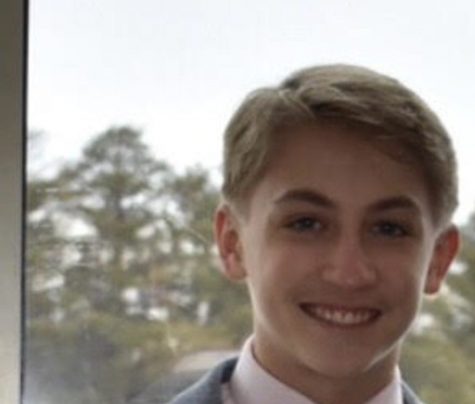Mass shootings, Texas, Walmart and Fatigue: The Status of a few Mass Shootings in the Summer of 2019
Photo via Flickr under the Creative Commons License
An child injured by the mass shooting in El Paso, Texas.
September 5, 2019
The day of this writing, September 3rd, is the 246th day of 2019, and year to date, there are 335 people who have been killed in mass shootings.
The term “mass shootings” is robust enough that Stanford University, The Washington Post, the Gun Violence Archive and the crowd sourced Mass Shooting Tracker Project all define it differently. One thing these groups have in common is that none of them count the wounded. I am going to say that again: those that are wounded don’t even hit the body count for the way these organizations track the occurrence and the severity of mass shooting events. How would it make you feel if you lost an arm and your loss wasn’t even part of how we quantify these tragedies?
Now that I have your attention, do you know that there was yet another mass shooting over Labor Day weekend? While you were busy scrolling, eating a burger or hanging with friends in the last hurrah for summer, there was yet another madman gunning down innocent strangers, this time in Midland and Odessa, Texas.
It started with a traffic stop and ended with a shootout with police in a movie theater parking lot, in mid-afternoon in a town. The randomness and brutality here were not unique, but appears even more senseless than what has become the basic way we think about mass shooters: disgruntled, angry, recently fired, somehow displaced, but generally always young men.
The shooter in Odessa this weekend killed a police officer who had pulled him over for the failure to signal left. He then proceeded to hijack a US mail truck and shot its driver, then shot people from that mail truck while driving it, before he was himself killed by police.
This last mass shooting was only 27 days after the nation sent their thoughts and prayers to El Paso, a town just 400 miles west of Midland. It was there on August 3rd that an alleged white supremacist only three years older than the oldest students on campus at Loyola Academy decided to express his angst by killing random people in a Walmart during a late summer morning, where people were busy finishing their back to school shopping, their weekly grocery run or heading into the store for donuts after mass. This was the deadliest shooting so far this year with 22 dead and 24 injured. Visualize that: 22 coffins, 22 funerals, 22 families divided by grief and the unexpected deaths of people they love.
Texas is a place known for its cowboys and their specific mentality, and so it’s interesting that Texas, like its cousin Florida, has been the site of a number of mass shootings recently – 14 since our freshman class called themselves eighth graders. The idea of the American cowboy – an individual seeking freedom as he (again, mostly mythologized as men) was pressing on the last frontier, battling Nature and instilling order against lawlessness with his big hat and his bigger gun – is at odds with the images of people, also in Texas, running, hiding and weeping as they seek cover from an enemy who strikes at random.
Yet this is what we see, and often scroll past, if we’re logging in to our favorite news app and seeing where the shooting was, how many are dead, who the shooter was. Just as organizations offer different definitions of what a mass shooting is, it’s conceivable that some mental health organization will someday soon define a social disorder, possibly called ‘mass shooting fatigue.’ If I had to define this now, I’d say it is when horror becomes constant, and the review of the details feels as monotonous as a box score showing how the Cubs performed in one of their approximately 162 games in their season.
In related news, Walmart announced that it will no longer allow shoppers to carry guns in store and will not sell handguns in Alaska, the only state where it sells handguns. They will also stop selling some ammunition for handguns and other guns, though they regret the inconvenience to the avid hunters among their clientele, said CEO Doug McMillin in a press release. Shotguns and rifles will still be on sale and McMillin projects that Walmart will no longer have a fifth of all ammunition sales but instead between 6-9%, according to Business Insider.
So here’s what we face: baby steps, small changes and hopefully outrage that grows into action. What we may also face is continued prioritization of the Second Amendment. And then, perhaps, more baby coffins, more mindless scrolling and general acceptance of the thoughts and prayers that follow events that one hopes history will view with the shock and awe that accompanied these tragedies when they once seemed unusual.


